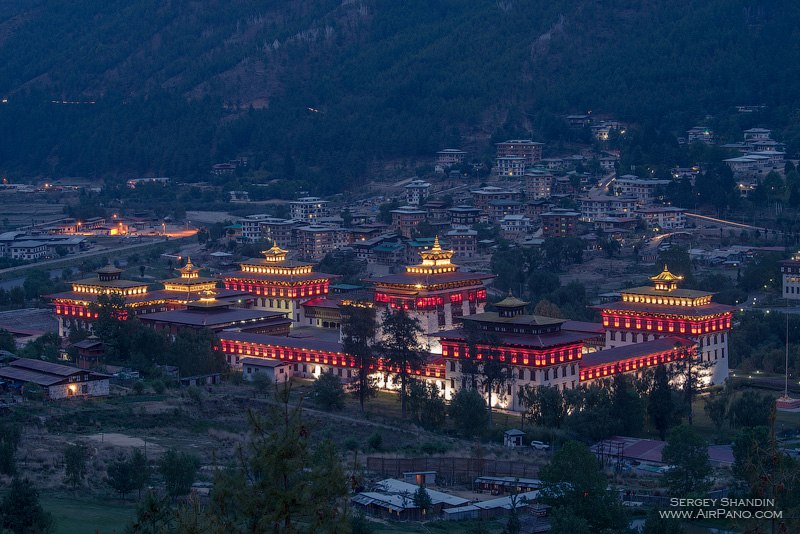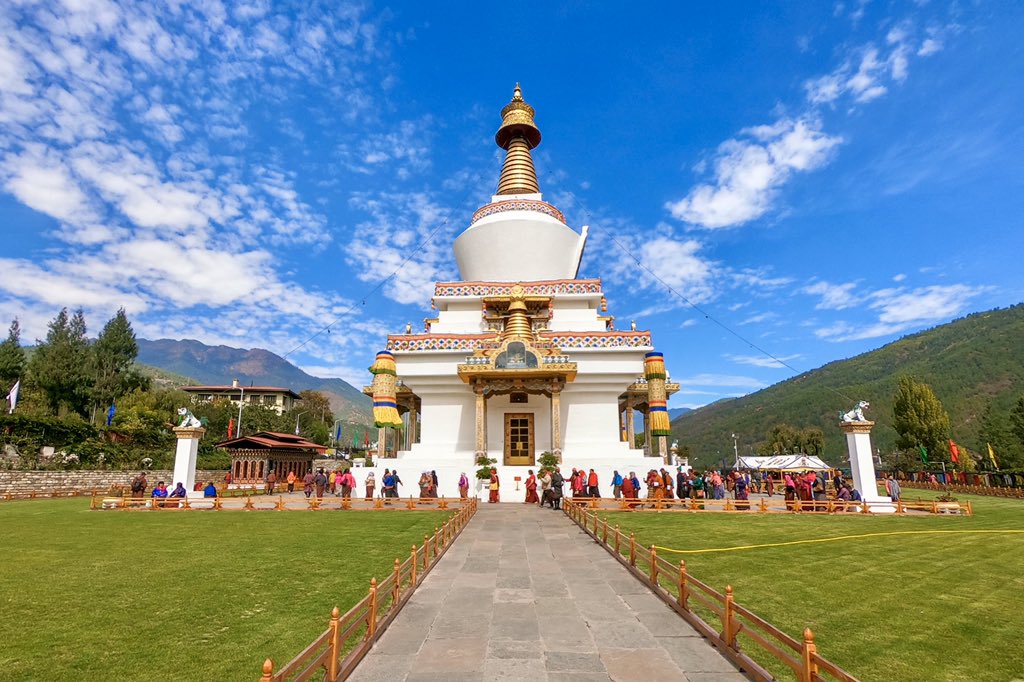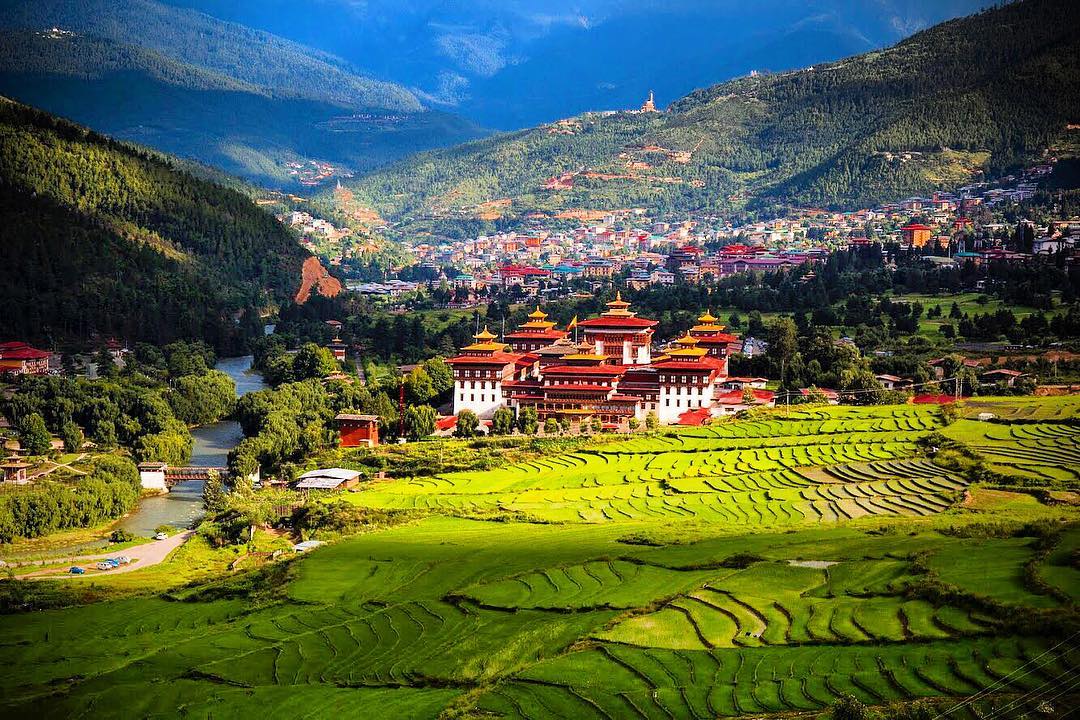![]() info@rusticfrontiers.bt
info@rusticfrontiers.bt ![]() +975 17784494/17349862
+975 17784494/17349862
![]() info@rusticfrontiers.bt
info@rusticfrontiers.bt ![]() +975 17784494/17349862
+975 17784494/17349862
Thimphu, Bhutan’s capital, is a vibrant mix of tradition and modernity, serving as the center of government, religion, and commerce.
Capital City of Bhutan

The capital town of Bhutan and the center of government, religion and commerce, Thimphu is a lively place, an interesting combination of tradition and modernity. Home to civil servants, expatriates and the monk body, Thimphu maintains a strong national character in its architectural style.
Memorial Chorten (Stupa)

The building of this chorten was originally the idea of Bhutan’s third king, H.M. Jigme Dorji Wangchuck (“the father of modern Bhutan”), who had wished to erect a monument to world peace and prosperity, but was unable to give shape to his idea in his lifetime due to pressures of state. After His Majesty’s untimely death in 1972, the Royal Family and Cabinet resolved to fulfill his wishes and erect a memorial that would perpetuate his memory and also serve as a monument to peace. The National Memorial Chorten was consecrated on July 28, 1974. The finely executed wall paintings and delicately fashioned statues within the monument provide a deep insight into Buddhist philosophy.
Trashichoedzong
 The “fortress of the glorious religion” was initially erected in 1641 and rebuilt by King Jigme Dorji Wangchuck in the 1960s. Tashichhodzong houses some ministries, His Majesty’s secretariat, and the central monk body. It is open to visitors during the Thimphu Tsechu (held in autumn) and while the monk body is resident in its winter quarters at Punakha Dzong.
The “fortress of the glorious religion” was initially erected in 1641 and rebuilt by King Jigme Dorji Wangchuck in the 1960s. Tashichhodzong houses some ministries, His Majesty’s secretariat, and the central monk body. It is open to visitors during the Thimphu Tsechu (held in autumn) and while the monk body is resident in its winter quarters at Punakha Dzong.